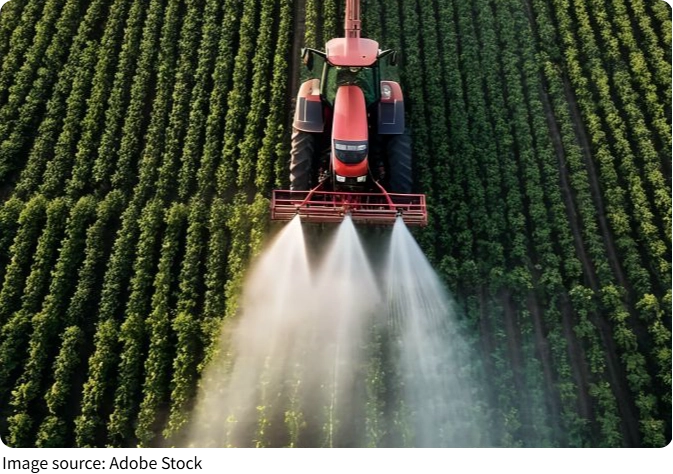Tilling with Purpose

Have you ever stopped to think about how much work goes into the food we eat? Every grain of rice, every slice of bread, starts with one powerful machine: the tractor.
When we talk about tractors cultivating fields, we’re really talking about the first step in turning soil into life.
Tractors don’t just drive—they dig, rip, turn, and prepare the land. It’s like giving the earth a fresh breath, waking it up for a new season. And when we ride along on this journey, we begin to appreciate just how connected we are to the land and the machines that help shape it.
The Power Behind the Machine
Modern tractors are nothing like the ones from the past. These machines are designed for power and precision. Most are equipped with engines ranging from 50 to 500 horsepower, depending on the job. When cultivating a field, they pull attachments like plows, harrows, or rotary tillers that dig deep into the soil, breaking it apart.
The goal is to create a loose, soft bed of soil where seeds can easily grow. If the soil is too compact, roots can’t spread and plants struggle to thrive. So when we watch a tractor move across a field, it's not just pulling tools—it's creating a home for the next harvest.
Why Cultivating Matters?
So, why does field cultivation matter so much? Without proper tilling, the soil becomes hard and dry. Rainwater won’t soak in properly, air can’t circulate, and crops grow weak. When we cultivate, we also remove weeds, mix in nutrients, and prepare the land to hold moisture.
It’s a bit like preparing a bed before you sleep—smooth the surface, fluff the pillows, make it comfortable. For farmers, a well-cultivated field is like a promise. It says, “We’re ready for you, seeds.”

Tech on the Tractor
Here’s where it gets even cooler—today’s tractors are smart. Many are equipped with GPS guidance systems that help the tractor follow perfect rows with almost no overlap. That means we save fuel, time, and effort. Some even have auto-steering or sensors that check soil conditions in real time.
With this kind of precision, we can work faster and more efficiently. Even in large farms that span hundreds of acres, a single tractor, guided by technology, can cultivate massive fields in less time and with better results.
The People Behind the Wheel
Tractors may be machines, but they still need us—real people—to make them work. Whether it’s an experienced farmer or a new generation learning the ropes, driving a tractor requires skill, patience, and knowledge.
We learn to feel the soil, to listen to the sound of the engine, to read the land. And every time we finish a field, there’s a quiet pride in looking back at the clean, tilled rows stretching across the landscape.

How We Can All Appreciate This?
Even if we don’t live on farms or drive tractors, we’re part of this cycle. Every time we enjoy a fresh salad or warm loaf of bread, we’re sharing in the effort that began in a field. By understanding how cultivation works, we can better appreciate the hard work that feeds the world.
Maybe next time we pass by a tractor in a field, instead of seeing “just a machine,” we’ll see the heartbeat of farming.
Let’s Grow Together, Lykkers!
So, Lykkers, next time you see a tractor working in the fields, take a moment to appreciate the quiet strength behind every furrow. Each pass across the soil carries the hope of a new season and the effort of those who care for the land.
If you’ve ever had a chance to ride a tractor or watch one in action, we’d love to hear your experience. Let’s celebrate the stories rooted in the earth—together.
BIG TRACTORS Working on Tillage and Planting
Video by bigtractorpower


